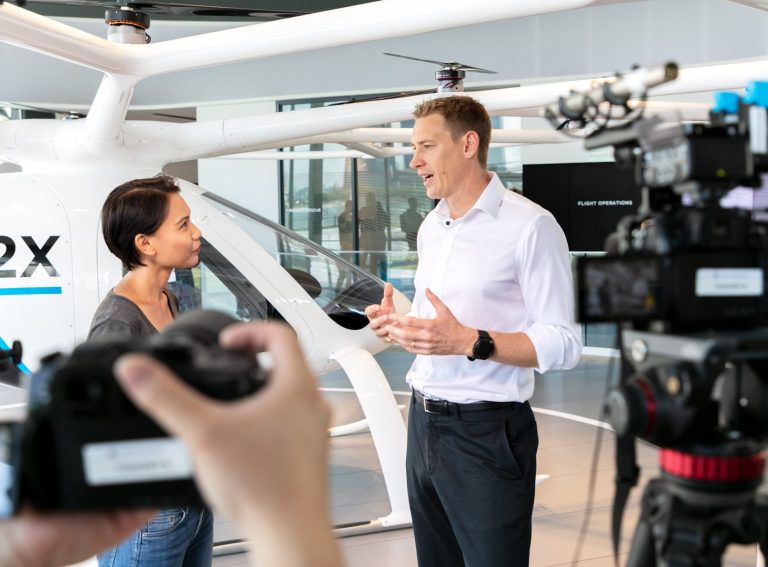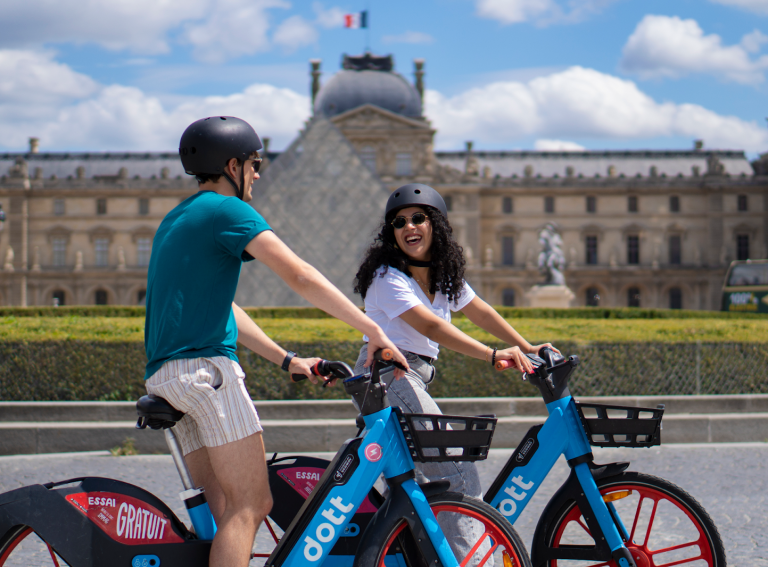As the micromobility market begins to consolidate, Italian operator Helbiz is noticing a new trend emerging. That is, the cities in which it operates are starting to call the shots.
If operators want to continue servicing these cities then they must learn to adapt quickly to their demands or risk losing their license.
This is what Jonathan Hannestad, Helbiz’s Chief Operating Officer, spends his days doing – responding to his cities’ latest requirements so that Helbiz can continue to scale.
When it comes to technology, Hannestad is self-taught. Since being gifted his first computer at the age of four, he has dedicated his life to building software solutions. After co-founding several small tech startups, he was invited to join Helbiz as its first employee in 2017. Now he is using his experience as COO to build the technology his partners believe work best.
Zag Daily: How is your relationship with cities changing?
JH: “The cities are getting smarter, more specific and dictating the pace of requirements.
“Whether it’s a specific safety feature or speed zone or no ride zone, it’s much more about who can provide the most safe and optimized operation. So what our team is really focused on is making sure that we’re able to implement these requests quickly.”
Zag Daily: What do you think gives Helbiz a competitive edge?
JH: “Our software infrastructure that we built in-house. It’s a modular approach that allows us to roll things out quickly on a city by city basis. That is a strength when it comes to these rapid requirements from cities.
“Take Miami as an example. Over one weekend the city required all operators to verify helmet use. We had to prove our users were wearing a helmet before they got on a vehicle. Until then, operators were getting users to take selfies that were manually checked, and the ride could be over before it was discovered they weren’t wearing a helmet. Our team was able to build an AI check in our app that recognises whether a user is wearing a helmet before they unlock the bike. We built this over one weekend so we hit the deadline.
“Similarly in Milan, city officials gave us two weeks to verify that our users were parking in very small parking spots. If people parked 10cm outside a space, that was illegal and we were fined for each one. A certain percentage of failed parking’s meant your license was revoked. So we built a hybrid system using computer vision that analyses each parking photo, with a manual check if the AI is in doubt. So city authorities are tightening the requirements and forcing operators to come up with clever and scalable solutions in record time.”
Zag Daily: Last week you signed a letter of intent to buy LA-based Wheels and its novel two-wheeled sit-down device. Why is that important for the company at this time?
JH: “Wheels has been an interesting project since the early days of the micromobility industry. From the Helbiz side, we’re bringing international reach, a much more software focused team with tech capabilities, while Wheels brings its two-wheel sit-down scooter, differentiated business model and veteran talent on both the executive and board level. Once the deal closes, the combined company will be in a much better position to win licenses and serve the communities we operate in.
“We feel both companies are founded on a similar shared vision of sustainability and accessibility. Wheels has built a strong brand and presence, especially in the US and during our talks we could see the synergy, and how together we could better the industry and grow faster.”
Zag Daily: What are the specifics of the Wheels deal?
JH: “The deal is primarily in stock, and it’s expected to close by the end of the year. Wheels will then become a subsidiary of Helbiz and our CEO Salvatore Palella will be the CEO of the new entity. And as a part of that Helbiz will run the fleets of both companies in the US and in Europe. Ultimately, our aim is to cover the whole suite of micromobility vehicles to attract different types of users, open new markets and retain the licenses we already have.”
Zag Daily: Where do you feel the market is at now?
JH: “We are definitely in a consolidation phase. In the last three years alone the micromobility space has transitioned from a ‘Wild West’ where it was all about capital and how many vehicles the large operators can afford to throw on the streets, basically drowning all smaller players. Little to no effort was spent on collaborating, investing in technology, safety or software.
“Now in 2022 there’s a cap on how many operators per city, there’s a cap on the vehicles on the ground – which effectively levels the playing field, but also shifts the competition to the hardware, software, safety and compliance an operator can provide. But we welcome the way cities are approaching their micromobility programs because, in the long-term, this results in lengthier and more fruitful engagements between operators and local communities.”
Zag Daily: Finally, with 50 current licenses across the US and Italy and a further 8,000 vehicles joining from Wheels – what’s next for Helbiz?
JH: “We now have plans to expand in Europe. We will be launching in Belgrade, which will be part of an exclusive 15-year license awarded last month. As the first micromobility vendor in Serbia, the first phase is to deploy bikes. This is a station-based bicycle model connecting up to the power grid. It’s a bigger process to launch than the traditional free floating models but they will be deployed this year.
“We are also the market leader in Italy now. When we launched in October 2018 in Milan we had no idea if Italian people would adopt our vehicles. Now it’s part of daily life and an extension of public transport. I think Milan is the first or second largest market when it comes to micromobility vehicles per 10,000 inhabitants, so it’s been fascinating to see the part we played in really driving that shift. Our vision is steadily becoming a reality.”





